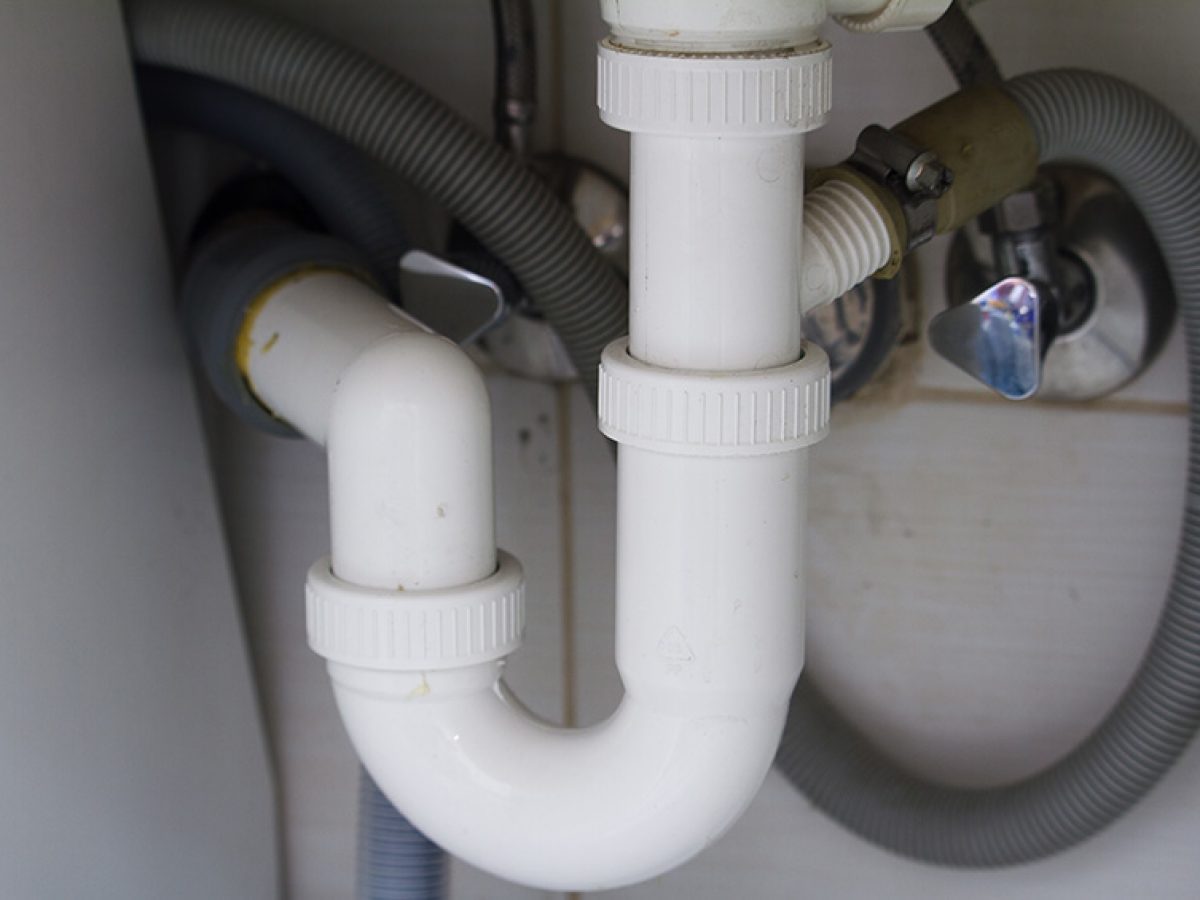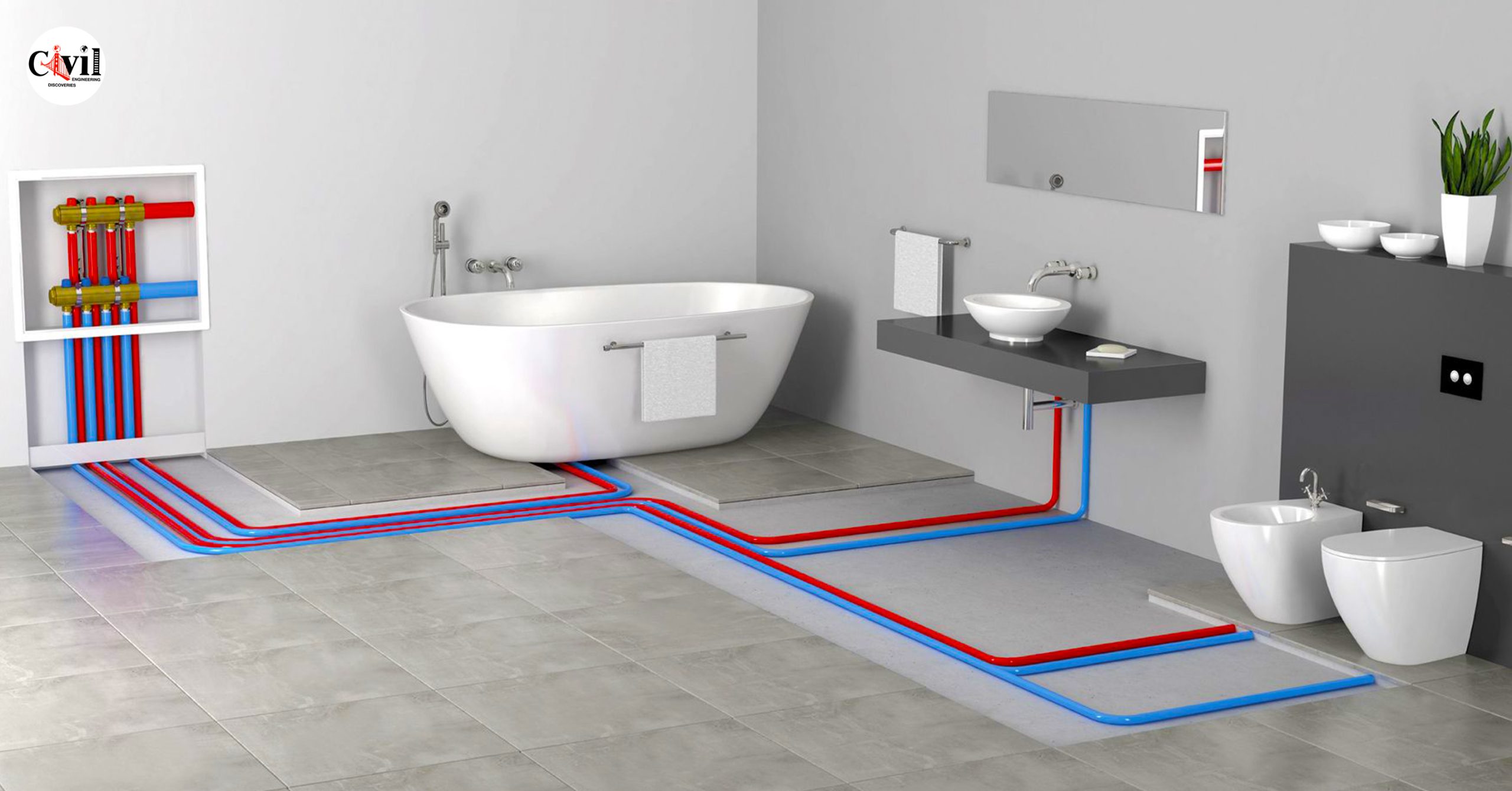A Guide to Your Home's Plumbing System Anatomy
A Guide to Your Home's Plumbing System Anatomy
Blog Article
We've found this article involving The Inner Workings of Your Home's Plumbing down the page on the internet and believe it made sense to talk about it with you over here.

Understanding just how your home's pipes system works is important for each house owner. From delivering clean water for alcohol consumption, cooking, and bathing to securely removing wastewater, a well-kept plumbing system is vital for your family members's health and wellness and convenience. In this detailed overview, we'll explore the detailed network that makes up your home's pipes and deal tips on upkeep, upgrades, and handling typical concerns.
Introduction
Your home's plumbing system is more than just a network of pipes; it's a complicated system that guarantees you have accessibility to tidy water and effective wastewater elimination. Recognizing its components and just how they work together can assist you stop pricey repairs and guarantee everything runs smoothly.
Fundamental Parts of a Pipes System
Pipelines and Tubes
At the heart of your pipes system are the pipes and tubing that lug water throughout your home. These can be made of various products such as copper, PVC, or PEX, each with its benefits in regards to sturdiness and cost-effectiveness.
Fixtures: Sinks, Toilets, Showers, and so on.
Components like sinks, commodes, showers, and bathtubs are where water is used in your house. Understanding exactly how these components connect to the plumbing system assists in diagnosing problems and preparing upgrades.
Shutoffs and Shut-off Factors
Valves manage the flow of water in your pipes system. Shut-off shutoffs are critical during emergency situations or when you require to make repair services, permitting you to separate parts of the system without interrupting water flow to the entire house.
Water Supply System
Main Water Line
The major water line attaches your home to the municipal water or an exclusive well. It's where water enters your home and is dispersed to different fixtures.
Water Meter and Stress Regulatory Authority
The water meter actions your water use, while a stress regulator makes sure that water moves at a risk-free stress throughout your home's plumbing system, preventing damage to pipes and components.
Cold Water vs. Hot Water Lines
Comprehending the difference in between cold water lines, which supply water straight from the main, and warm water lines, which bring heated water from the water heater, assists in repairing and preparing for upgrades.
Water drainage System
Drain Water Lines and Traps
Drain pipes bring wastewater away from sinks, showers, and toilets to the drain or sewage-disposal tank. Traps protect against drain gases from entering your home and also trap debris that might create obstructions.
Ventilation Pipelines
Air flow pipelines permit air into the drainage system, avoiding suction that can reduce water drainage and create traps to vacant. Appropriate ventilation is important for preserving the honesty of your pipes system.
Value of Proper Drain
Making sure proper drain prevents back-ups and water damages. Consistently cleansing drains and maintaining catches can stop expensive repairs and expand the life of your plumbing system.
Water Heating System
Kinds Of Hot Water Heater
Water heaters can be tankless or typical tank-style. Tankless heating units heat water as needed, while storage tanks keep warmed water for immediate usage.
Upgrading Your Pipes System
Reasons for Updating
Updating to water-efficient fixtures or changing old pipelines can improve water top quality, reduce water expenses, and raise the value of your home.
Modern Pipes Technologies and Their Advantages
Explore modern technologies like clever leakage detectors, water-saving commodes, and energy-efficient water heaters that can conserve cash and reduce environmental effect.
Cost Considerations and ROI
Compute the in advance prices versus long-term savings when thinking about pipes upgrades. Several upgrades pay for themselves through decreased energy costs and fewer repair services.
Just How Water Heaters Attach to the Pipes System
Understanding how water heaters link to both the cold water supply and hot water distribution lines assists in diagnosing problems like not enough hot water or leakages.
Upkeep Tips for Water Heaters
Frequently purging your hot water heater to eliminate debris, examining the temperature level settings, and checking for leaks can expand its lifespan and boost power efficiency.
Common Pipes Issues
Leakages and Their Reasons
Leakages can take place because of aging pipelines, loose fittings, or high water stress. Resolving leakages quickly stops water damages and mold development.
Blockages and Blockages
Clogs in drains pipes and toilets are frequently caused by flushing non-flushable things or a build-up of oil and hair. Utilizing drain screens and being mindful of what goes down your drains can prevent clogs.
Signs of Plumbing Problems to Watch For
Low water pressure, slow drains, foul odors, or abnormally high water bills are indicators of possible plumbing problems that must be attended to quickly.
Pipes Upkeep Tips
Normal Evaluations and Checks
Schedule yearly plumbing evaluations to capture issues early. Seek indications of leaks, rust, or mineral accumulation in faucets and showerheads.
DIY Maintenance Tasks
Easy tasks like cleaning faucet aerators, looking for commode leakages utilizing dye tablet computers, or shielding revealed pipes in cold environments can avoid major plumbing issues.
When to Call a Professional Plumbing
Know when a pipes issue needs expert proficiency. Attempting complicated repair work without correct understanding can bring about more damages and greater repair service prices.
Tips for Minimizing Water Use
Basic practices like repairing leakages quickly, taking much shorter showers, and running full tons of washing and meals can preserve water and reduced your utility expenses.
Eco-Friendly Pipes Options
Think about lasting pipes materials like bamboo for floor covering, which is durable and green, or recycled glass for counter tops.
Emergency Preparedness
Steps to Take Throughout a Pipes Emergency
Know where your shut-off valves are located and exactly how to switch off the water supply in case of a ruptured pipe or major leak.
Significance of Having Emergency Calls Helpful
Maintain contact details for regional plumbing technicians or emergency services conveniently offered for fast feedback throughout a pipes situation.
Ecological Influence and Preservation
Water-Saving Fixtures and Home Appliances
Installing low-flow taps, showerheads, and commodes can dramatically lower water use without sacrificing efficiency.
DIY Emergency Fixes (When Suitable).
Momentary repairs like using duct tape to spot a leaking pipeline or putting a bucket under a dripping tap can minimize damages up until a specialist plumbing technician arrives.
Final thought.
Recognizing the makeup of your home's plumbing system encourages you to preserve it efficiently, conserving time and money on repair work. By following normal maintenance routines and remaining educated regarding modern pipes innovations, you can guarantee your pipes system runs efficiently for several years to find.
HOW YOUR PLUMBING SYSTEM WORKS
Which Pipes Do What?
Blue lines = fresh water supply entering the building Red lines = hot water supply entering the building Grey lines = pipes carrying waste away from the building and venting pipes carrying gases away from the building (through the roof) YOUR MAIN PLUMBING SYSTEMS
There are two main plumbing systems that support your home s basic plumbing needs one that brings clean water into your home, and one that sends dirty water away from your home. Connected to the toilet, bath, shower, and other faucets in your home, these two systems keep your water flowing in the right directions.
ACCESSING FRESH WATER
Fresh and clean water is brought into your home through the main water supply line . Filtered through one pipe, this water is pressured to flow into the various fixtures in your home at any given time.
This water can be sourced from a well located on your property, a pond or river (mostly cottages), or, as in most cases, from the city s municipal water treatment centre. However, it is important to note that water that is untreated, such as the water siphoned from ponds or rivers, may not be safe to drink. Personal water supplies always need to be treated for hardness and contaminants before consumed.
MUNICIPAL WATER SUPPLIES
Improve taste and odour Remove sediment Eliminate hardness Reduce chlorine COLD WATER SUPPLY VS. HOT WATER SUPPLY
Cold water flows into your home or building through the service line, which then distributes hot or cold water to your fixtures. This line is most commonly run through a central column that runs floor to floor. Hot water runs in short and straight pipes as the longer the pipeline, the more heat that will be lost in the transfer. Having shorter pipes also allows residents to access hot water more quickly.
WASTE WATER SYSTEM
Your wastewater system is divided into two parts pipes that send wastewater away from your home and venting pipes that send sewer gas away from your home. Sewage water travels through pipes that flush the water and waste towards local sewers that are operated and managed by your city or town. Most sewer systems rely on gravity to move the wastewater to where it needs to go.
The further away from your toilet or sink, the larger wastewater pipes become. This allows for waste to be disposed of from various parts of your home or business at once without pipe blockages. The angle and flow of these pipes are also essential for keeping your waste pipes clear of build up.
https://harrisplumbing.ca/how-your-home-plumbing-system-works/

Do you appreciate reading up on Anatomy of a House: Understanding the Components? Make feedback further down. We'd be pleased to find out your suggestions about this piece. Hoping that you visit us again in the near future. In case you enjoyed reading our page please don't forget to share it. Thanks for being here. Return soon.
Book Service Report this page